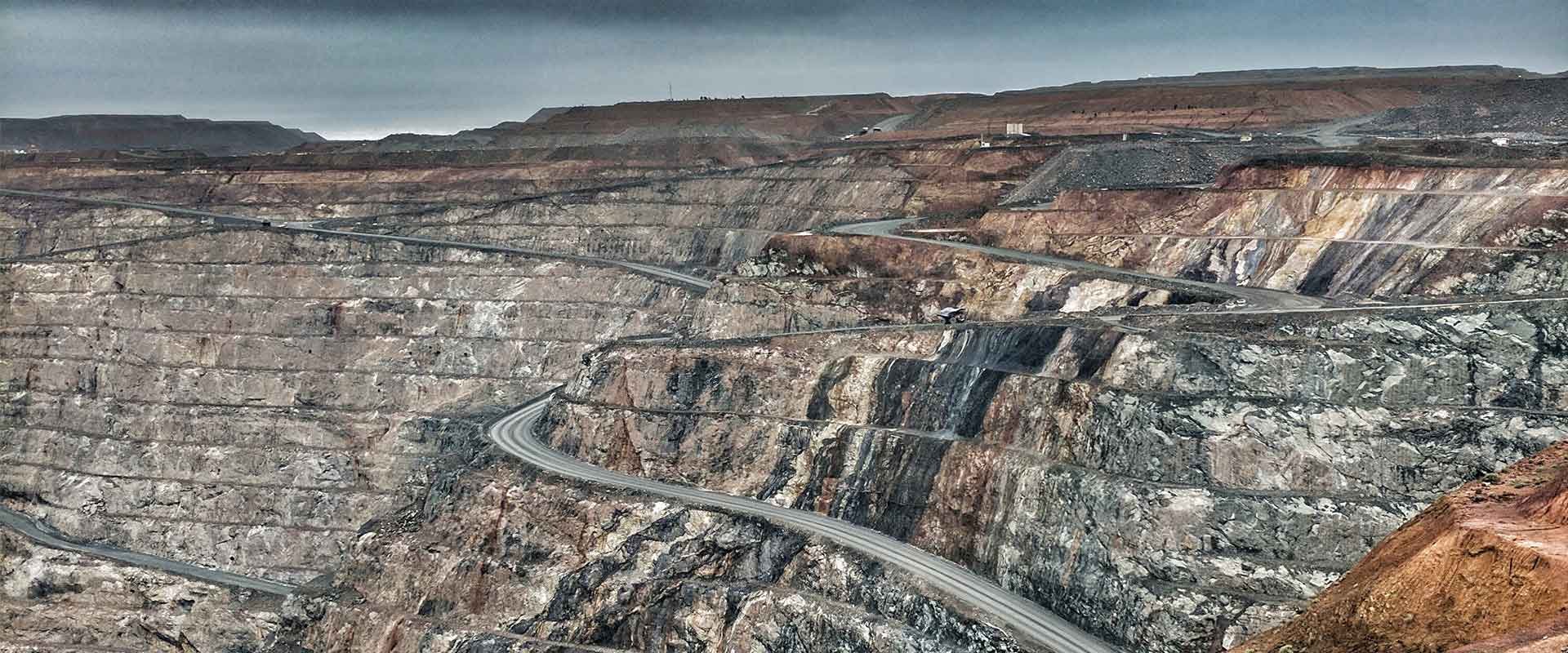Riches down under: a brief history of mining in Australia
Mining

Mining
Blessed with an abundant supply of important metals and minerals, Australia has a long history of mining which dates back 60,000 years. Let’s take a journey through Australia’s mining timeline, which has shaped the country as we know it today.
Mining has long been a cornerstone of Australia’s economy, supporting its growth into a prosperous nation. While we rely on the end results of mined materials – the products, technological devices and ‘everyday’ items of modern life – most of us only have a vague understanding of the history and origins of these valuable resources. Read on as we unearth some key moments in our mining history, which saw the discovery of metals and minerals that shape our modern world.
When Aboriginal people first came to Australia some 40,000 to 60,000 years ago, they initiated the country’s first mining phase, fossicking for stones suitable for tools and weapons, and digging for ochre, which was used to make pigments for paint.

Ochre mine used in Aboriginal paintings and decorations
European settlement saw minerals first being produced on a large scale, following the discovery of coal (by escaped convicts) in 1791 – just three years after the arrival of the First Fleet. Export of coal began in 1799, with a shipment to India. In 1841, lead became the first metal to be mined in Australia, followed soon after by copper in 1842.

Coal in Western Australia was first discovered in 1846 at Irwin River
Australian mining really took off in the 1850s, with the discovery of gold. As word got out, more than 500,000 ‘diggers’ rushed to the gold fields, chasing their golden dreams. In the 1850s, Australia was producing almost 40 per cent of the world’s gold, putting the country’s mining industry firmly on the global map.

Illustration of Australian gold digger huts in the 1850's
The early part of the 20th century saw a decline in mining activity, with few new minerals found. However, the second part of the 20th century saw a resources boom. New discoveries included bauxite, nickel, tungsten rutile, uranium, oil and natural gas, prompting a resurgence of interest in Australia’s mineral resources.

Mary Kathleen uranium mine (closed in 1982) in Queensland
Australia is now firmly established as one of the world’s major exporters of minerals. With almost 350 mines spread across the country, the ‘land down under’ is the world’s largest producer of lithium, in the global top five for gold, iron ore, zinc, lead and nickel, contains the largest uranium stores and the fourth largest black coal resources.

Brunel's mining industry experts can support you to successfully identify, attract and deliver skilled blue and white-collar personnel and solutions matched to your business’ unique requirements. Whatever complexities you face, Brunel is here to simplify them.